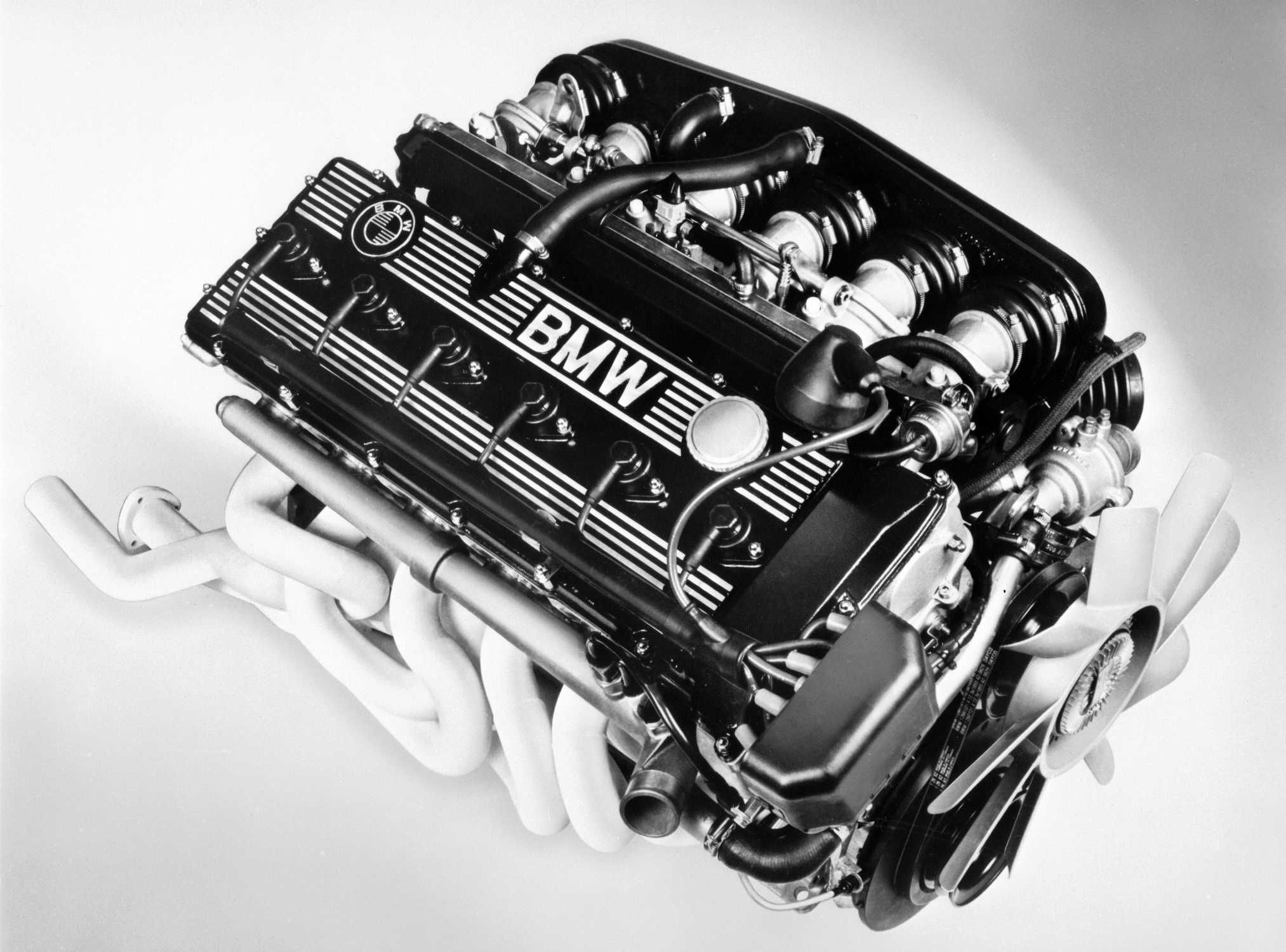Discovering the Evolution of Burning Engines in Modern Transportation Systems
As we navigate the landscape of modern-day transport, the advancement of combustion engines stands as a testament to human ingenuity and engineering prowess. The interplay of background, innovation, and ecological issues in shaping the trajectory of combustion engines produces a story that is both engaging and informative.
Early Beginnings of Combustion Engines
How did the concept of burning engines first emerge in the early stages of transportation advancement? The origins of combustion engines can be mapped back to the 17th century when the concepts of inner combustion were very first discovered. In 1673, Christian Huygens conceptualized a fundamental interior burning engine that used gunpowder to produce power. It had not been until the late 19th century that useful applications of combustion engines in transport started to emerge.
The innovation minute featured the invention of the very first successful gasoline-powered engine by Karl Benz in 1885 - bmw engine. This engine led the means for the advancement of the modern-day car, revolutionizing transport systems worldwide. Succeeding technologies by Nikolaus Otto and Gottlieb Daimler additionally improved combustion engine innovation, leading to the automation of automobiles and the quick development of the transport industry
These early combustion engines were defined by their simplicity and effectiveness, laying the foundation for the complex and effective engines used in contemporary transportation systems. The advancement of combustion engines has contributed in shaping the way we take a trip and transport products, noting a significant turning point in the background of transport growth.
Transition to Internal Combustion Technology
The transition to internal combustion technology marked a critical change in the evolution of transport systems. This shift started in the late 19th century, with innovators like Nikolaus Otto and Gottlieb Daimler developing the initial effective inner combustion engines. These engines reinvented transport by supplying a more effective and reliable choice to steam engines and electrical motors.
Among the crucial advantages of internal burning engines was their capacity to be scaled down to match automobiles, causing the growth of bikes and cars. This change from cumbersome, fixed engines to portable, mobile ones led the way for the modern-day transport systems we see today.
The change to inner combustion modern technology additionally stimulated innovations in fuel technology, bring about the advancement of fuel and diesel as main fuel sources for cars. This change not only made transport a lot more available to the masses but additionally laid the foundation for the oil and gas industry to become integral to worldwide economic climates.
Impact of Combustion Engines on Transportation
The fostering of burning engines in transportation systems catalyzed a profound shift in the effectiveness and rate of international wheelchair. Burning engines transformed transport by providing a versatile and reputable source of power for different automobiles, including automobiles, vehicles, airplanes, and ships. This development significantly improved the capability for individuals and products to relocate over fars away in much shorter amount of browse around here time, causing raised connection in between areas and countries.
In addition, the widespread use combustion engines has actually had a significant influence on economic advancement. The ability to deliver goods effectively has stimulated trade and business, allowing companies to broaden their markets and reach customers worldwide. This has actually promoted economic growth and globalization, as products can currently be delivered faster and in bigger amounts than ever previously.
Nonetheless, the environmental impact of burning engines can not be ignored. The combustion of fossil gas has led to air contamination and greenhouse gas emissions, adding to environment adjustment and positioning health and wellness risks to populations. bmw engine. Consequently, there is an expanding emphasis on developing alternate propulsion technologies to reduce these unfavorable impacts and develop a much more sustainable future for transport
Advancements in Combustion Engine Layout
One noteworthy development is the development of turbocharged engines, which make use of exhaust gases to drive a generator that presses incoming air, permitting for more gas to be burnt, resulting in raised power outcome without a substantial increase in engine size. Variable valve timing systems have also changed engine layout by enhancing air flow at different engine rates, improving both power and effectiveness. These advancements collectively contribute to the continual renovation of combustion my company engines in modern transport systems.
Future Patterns in Combustion Engine Growth
With innovation advancements driving continual technology, the future of combustion engine advancement is positioned to transform transport systems worldwide. One of the crucial trends in combustion engine advancement is the press towards higher performance and reduced discharges.
An additional prominent trend is the fostering of crossbreed technologies in combustion engines. Crossbreed engines incorporate conventional combustion modern technology with electrical power, offering enhanced gas performance and reduced emissions. As the automobile market changes in the direction of electrification, hybrid combustion engines are seen as a transitional service that connects the space in between standard vehicles and fully electric ones.
Furthermore, the combination of wise modern technologies, such as expert system and data analytics, is expected to play a significant role in the future of combustion engine development. These technologies can optimize engine performance in real-time, resulting in much more efficient combustion processes and enhanced overall vehicle performance. Embracing these future fads will certainly not Click This Link just drive technology in burning engine advancement however also contribute to a more ecologically friendly and sustainable transport ecosystem.

Conclusion
In final thought, the evolution of burning engines in contemporary transportation systems has actually been noted by considerable advancements in modern technology and style. From the early starts of burning engines to the transition to inner burning technology, these engines have actually had an extensive effect on transport.
The roots of combustion engines can be mapped back to the 17th century when the principles of inner combustion were first discovered. These engines transformed transportation by using a more effective and effective choice to heavy steam engines and electric motors.
